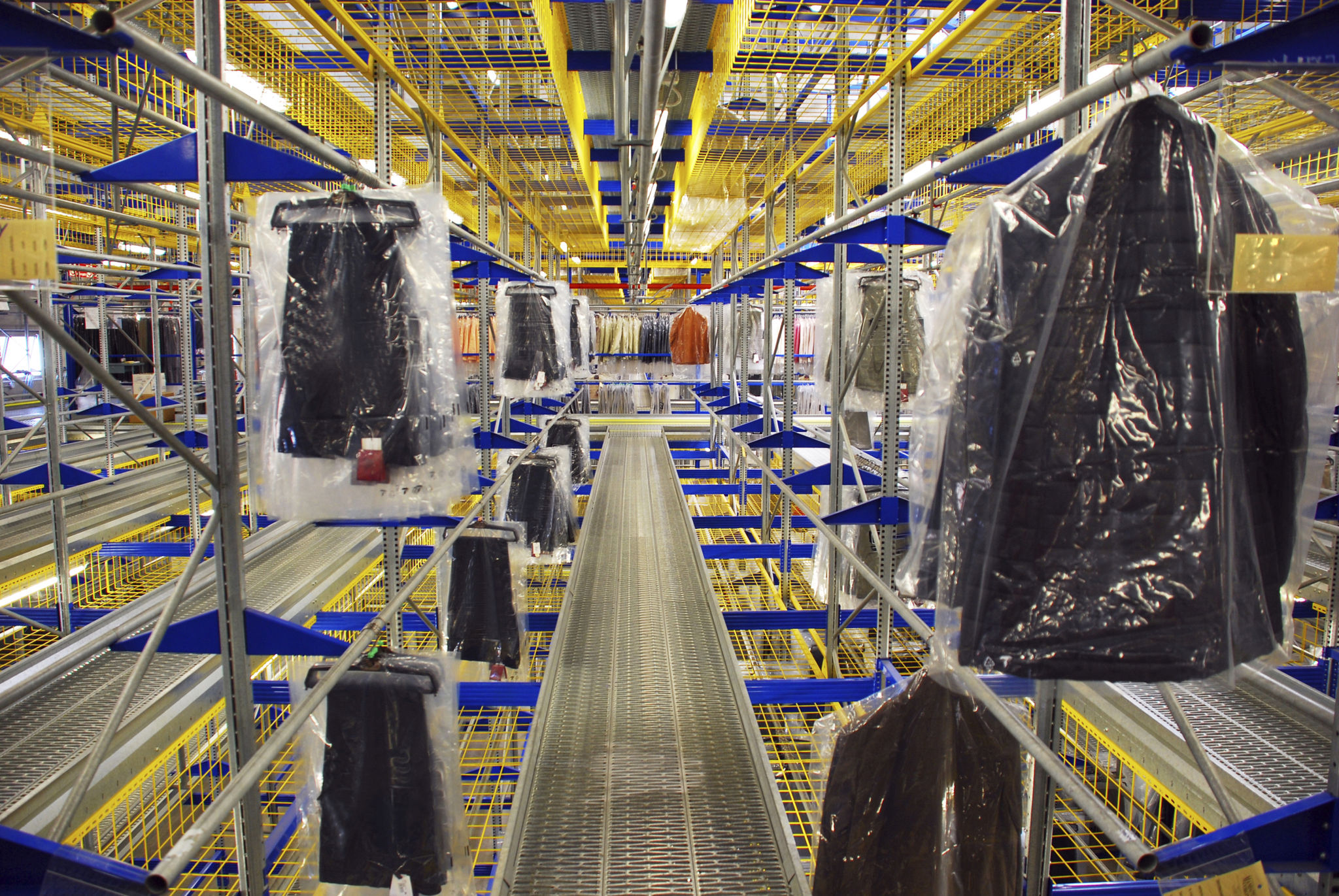Adapting to Trends: The Future of Industrial Warehousing
In an ever-evolving marketplace, the future of industrial warehousing is closely intertwined with the ability to adapt to current and emerging trends. As businesses strive to meet changing consumer demands and leverage technological advancements, the landscape of warehousing is undergoing a significant transformation. This post explores the key trends shaping the future of industrial warehousing and the strategies businesses can employ to stay ahead.
Technological Advancements Driving Efficiency
The integration of cutting-edge technology is revolutionizing industrial warehousing. Technologies such as automation, robotics, and artificial intelligence are enhancing operational efficiency and reducing human error. Automated guided vehicles (AGVs) and drones are streamlining inventory management and order fulfillment processes, allowing warehouses to operate around the clock with minimal human intervention.
Furthermore, the implementation of advanced data analytics provides valuable insights into supply chain operations. By leveraging big data, warehouses can optimize inventory levels, improve demand forecasting, and enhance decision-making processes.

The Role of IoT in Warehousing
The Internet of Things (IoT) is another game-changer for industrial warehousing. IoT devices enable real-time tracking of goods, equipment, and environmental conditions within the warehouse. This connectivity ensures better asset management and enhances the overall visibility of the supply chain, leading to increased efficiency and reduced costs.
Sustainability and Eco-Friendly Practices
The push for sustainability is reshaping warehousing practices as companies seek to minimize their environmental impact. Implementing eco-friendly materials for construction, optimizing energy consumption through smart lighting and HVAC systems, and reducing waste are becoming standard practices in modern warehousing.
Moreover, sustainable logistics solutions, such as electric vehicles for transportation and green packaging materials, are gaining traction. These initiatives not only reduce carbon footprints but also appeal to environmentally-conscious consumers.

Adapting to E-commerce Growth
The rapid growth of e-commerce has placed unprecedented demands on warehousing operations. To meet these demands, warehouses are shifting towards a more agile infrastructure. This includes enhancing their capacity to handle a higher volume of small orders efficiently and reducing delivery times through strategic location planning.
Flexible Warehouse Design
Flexibility in warehouse design is becoming increasingly important as businesses seek to adapt quickly to changing market conditions. Modular layouts that allow for easy reconfiguration and scalable spaces that can expand or contract as needed provide a competitive advantage in a dynamic environment.

Workforce Evolution
As technology takes on more repetitive tasks, the role of the human workforce in warehouses is evolving. Workers are being upskilled to manage technology-driven processes and engage in more strategic decision-making roles. Continuous training programs are essential to equip them with the skills required for the future warehouse landscape.
In conclusion, the future of industrial warehousing is being shaped by a myriad of trends ranging from technological advancements to sustainability initiatives. By embracing these trends and investing in adaptive strategies, businesses can ensure their warehousing operations remain competitive and resilient in a rapidly changing world.